February is National Heart Health Month – plant to help your heart!
A heart-healthy garden is a great way to get the nutrients you need. Eating the recommended amounts of vegetables each day may lower your risk for heart disease, cancer, obesity, and Type 2 diabetes due to the nutrients these foods contain. Plant your garden with heart-healthy vegetables and fruit to feed your soul.
Here are our suggestions for your garden, whether it’s a container garden on your porch or an acre and a half.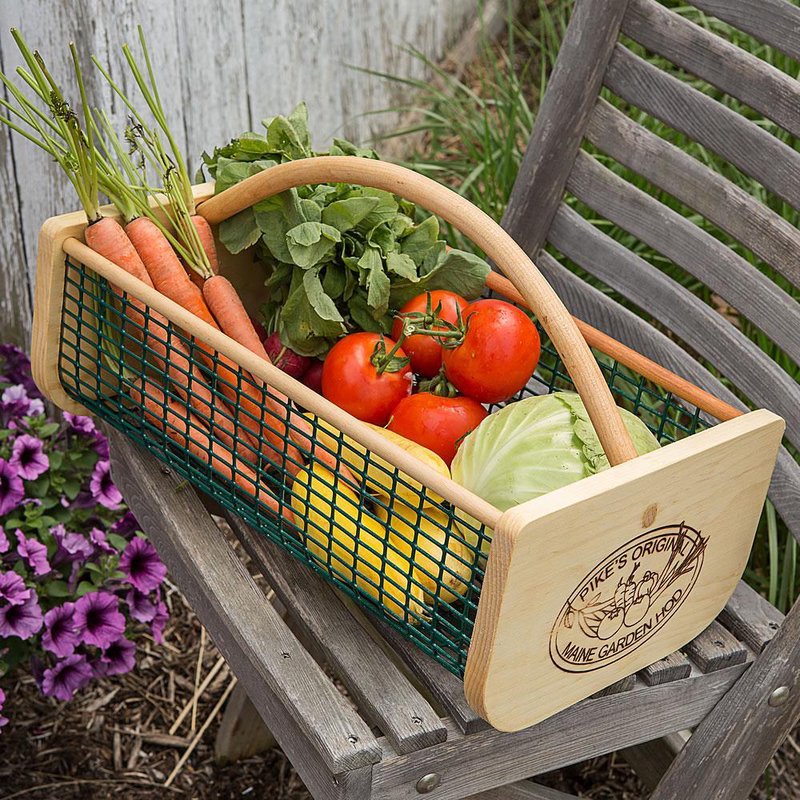
1. Plant Leafy Greens
Leafy greens have to top the list of easy to grow, heart-healthy foods. When consuming your lettuce, kale, cabbage, spinach, or chard, keep this in mind: cooking greens really breaks down the nutrients so eat raw leafy greens whenever possible.
Boiling may be a relatively quick and easy way to cook your vegetables, but in most cases you are better off steaming them. Up to 50 percent of the vitamins and 15 percent of the minerals in your vegetables may be lost during cooking. Steamed vegetables are not only healthier, they taste better.
You can also use a dehydrator to dry out kale, sprinkle lightly with sea salt and the effect is of a very healthy snack that tastes like a potato chip.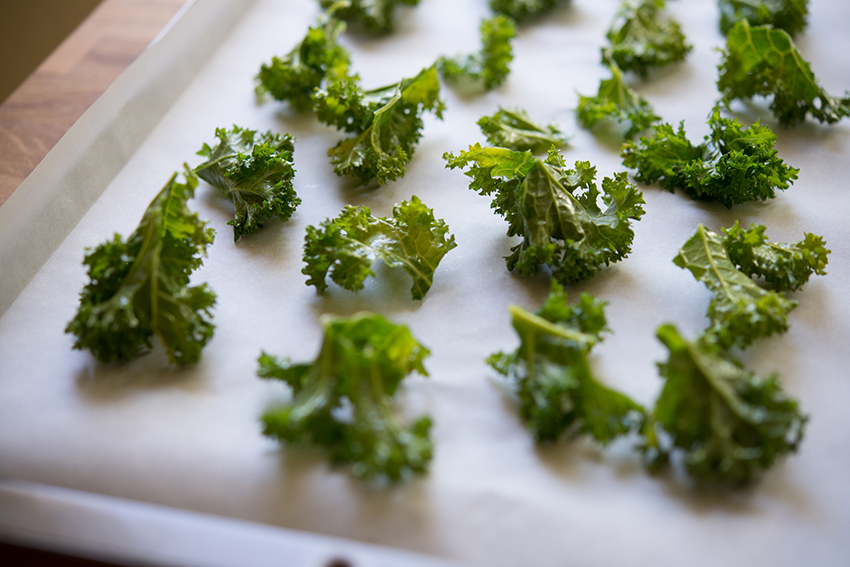
When cooking your leafy greens, it’s very simple to “sneak” some spinach into mashed potatoes, soup or your favorite casserole. Offer tuna salad, but on a bed of lettuce, instead of bread. Use cauliflower instead of breading on your chicken or fish.
Cabbage is excellent for fermentation (think sauerkraut). The probiotics produced during fermentation can help restore the balance of friendly bacteria in your gut and may alleviate some digestive problems.
2. Don’t Forget Your Root Vegetables
Root vegetables, like carrots, turnips or potatoes, are easy to grow and are high in nutrients (think Vitamin A, potassium, and calcium). And bonus – you can easily store them in a simple root cellar for the winter. (Check out how to use a root cellar in this DIY post.)
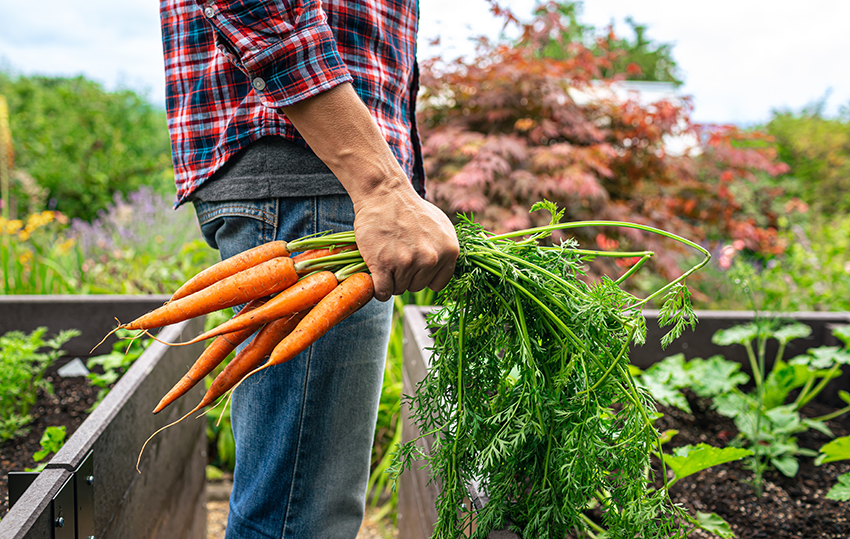
A couple things to note…
As far as calories go, root vegetables contain a low amount of calories. However, root vegetables contain a lot of starch-filled carbohydrates. Consume in moderation if you are struggling with your weight.
3. Add Nightshades for More Nutrients
Nightshade vegetables have a high nutrient density. This means they pack a lot of nutrients in a small number of calories.
Tomatoes, peppers, and eggplants are part of the nightshade family. Nightshades are a botanical family of foods and spices that contain chemical compounds called alkaloids.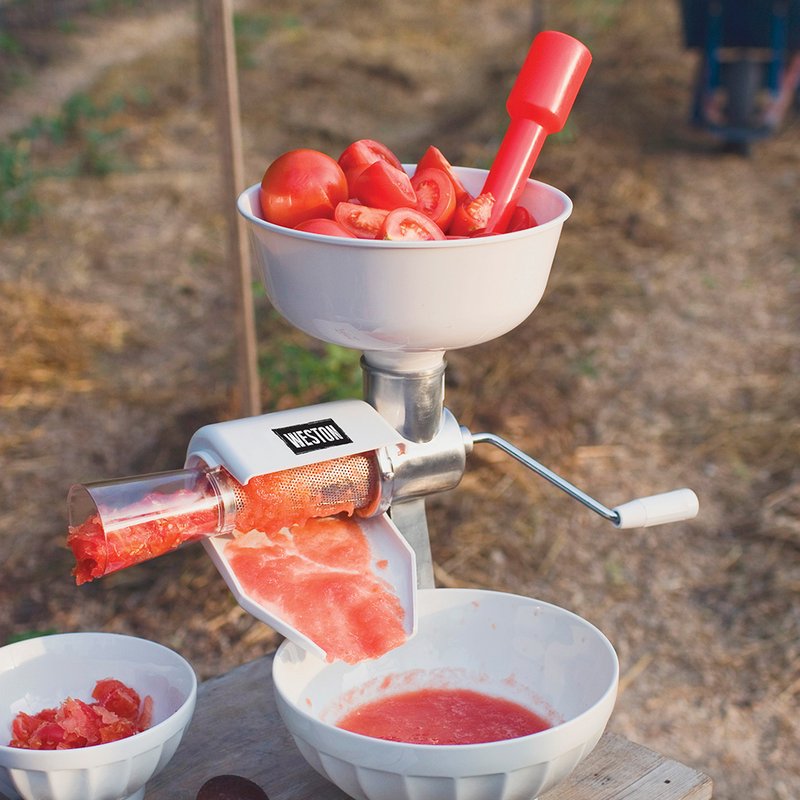
A single bell pepper, for example, contains well over the recommended daily amount of vitamin C, and tomatoes are a major source of the antioxidant lycopene, which some studies have associated with decreased risk heart disease and even cancer.
4. Top off Your Garden with Fruit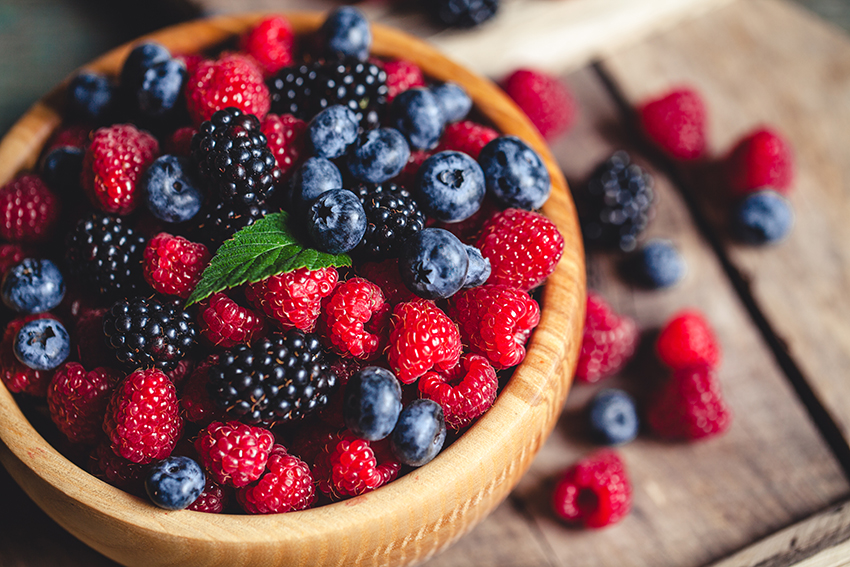
Fresh fruit contains lots of vitamins and are high in fiber, which is an important part of a healthy diet. Fruit also contains natural sugars, so enjoy in moderation. Strawberries, blueberries and blackberries are easy to grow. Apples, lemons or peaches are more work, since they grow on trees which take up a lot more room.
Before you start growing, make sure you come up with a gardening plan that works for you. If you are limited on backyard space for a garden, consider container gardening. (This post is full of space-saving tips!)
As with any change in diet, always consult your doctor. What works for one person for heart health, might not work for you, especially if you have stomach issues or food sensitivities.
Happy planting and good luck taking the next step on your journey to a healthy life!






























I just got my seed catalogs. Good ideas for my garden. Now time to buy seeds.